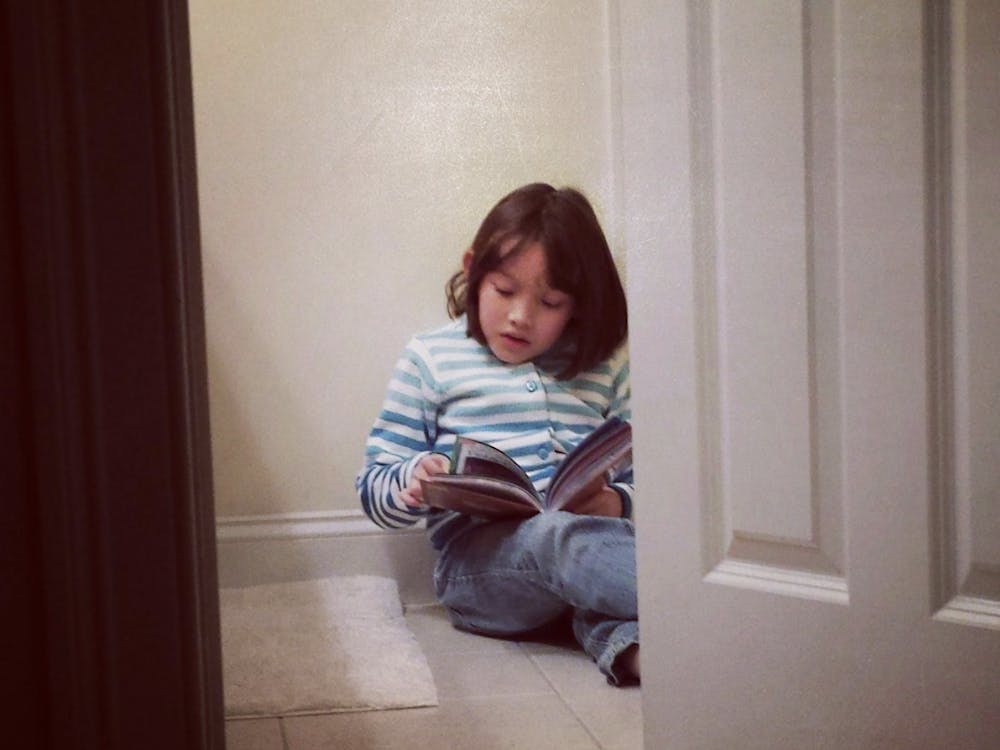The film In the Mood for Love (2000), directed by Hong Kong filmmaker Wong Kar-wai, is set in Hong Kong in the early 1960s. It tells the story of Mrs. Chan (Maggie Cheung) and Chow Mo-wan (Tony Leung), who slowly become aware that their spouses are having an affair. Their realization leads them to form a platonic, yet mildly sensual relationship as they come to terms with the hurt they feel resulting from these infidelities.
As they become closer, their neighbors begin to take notice, making their relationship one that must remain inconspicuous.
When The A.V. Club asked Wong about what influenced the process of making In the Mood for Love, the filmmaker explained how the setting contributed to his film’s narrative.
“I wanted to make the film like Hitchcock, because what intrigued me about this story was that it’s about the relationship of these two people set against this neighborhood. The neighbors are like spies. The story is governed by the reactions of these two characters under the observations of their neighbors. So I wanted to treat it like a Hitchcock film, where so much happens outside the frame, and the viewer’s imagination creates a kind of suspense. Vertigo, especially, is something I always kept returning to in making the film,” Kar-wai explained.
Despite the tense subject matter, the film remains very discreetly emotional. Rather than being plot-driven and blatantly dramatic, the film is focussed on the emotional inner life of its characters. At times, the plot is not immediately clear, and the viewer must draw inferences based on conversations which could also be interpreted as trivial.
The spouses of Chan and Mo-wan are also never shown — a choice that shifts the focus of the film away from the explicit act of adultery, leaving room to explore the pain involved on the other end.
Furthermore, this pain Mrs. Chan and Chow Mo-Wan feel is never exaggerated. Their countenances rarely distort into the typical expressions of anger or deep sadness. Instead, the most subtle of facial changes hint at the way the characters feel. Furthermore, Mrs. Chan and Chow Mo-Wan are often shot separately so it is difficult to fully gauge their relationship when they are often not in the same frame. While they may feel an emotional closeness, these deliberate cinematographic choices imply that they will never be truly together physically.
For this reason, the camera has the responsibility to illustrate the emotions present. The film is a very lyrical one with the shots woven together by a camera that moves from place to place, often without cuts. This gives the camera the role of unobtrusive observer, intent on the most minute details. Often the view of the camera is obstructed, and characters are filmed through the opening of a door or through a window.
By asserting its presence and developing an eye of its own, the camera can focus on close-ups of inanimate objects and on small gestures — like the placement of a hand on the small of someone’s back — instead of explicitly exposing every character’s actions. These images that might otherwise be forgotten are brought to the foreground and carry their own weight. Their delicacy conveys a quiet sensuality.
The soundtrack of the film also contributes to the sensuality of the film. Nat King Cole’s “Aquellos Ojos Verdes” accompanies several scenes, and its jazzy rhythm tinges the moving pictures with passion, allowing the actors themselves to remain discreet.
The essence and texture of emotions that grip the characters are further emphasized by the use of slow motion. Cinematographer Christopher Doyle slows time in certain shots to allow the camera to focus on and delve into the subtle movements of the characters. The feelings inherent in even the slightest actions are highlighted.
From the sway of a dress to the swinging of a canteen, these images suddenly communicate to the viewer what the characters themselves do not. In this way, the camera captures the subconscious human experience. Ideas that the audience is barely, if at all, conscious of come to the surface.
This layering of intricate detail to convey the abstract nature of emotions causes the viewer to fall into a realm of timelessness.
These captured moments are fleeting, but what they signify endures. It is because of this cinematic style that the viewer can understand the longing, latent melancholy the characters feel. This feeling pervades into how they experience their environment and engage with it. In the Mood for Love is the second film of a trilogy. It is preceded by Days of Being Wild and succeeded by 2046.




